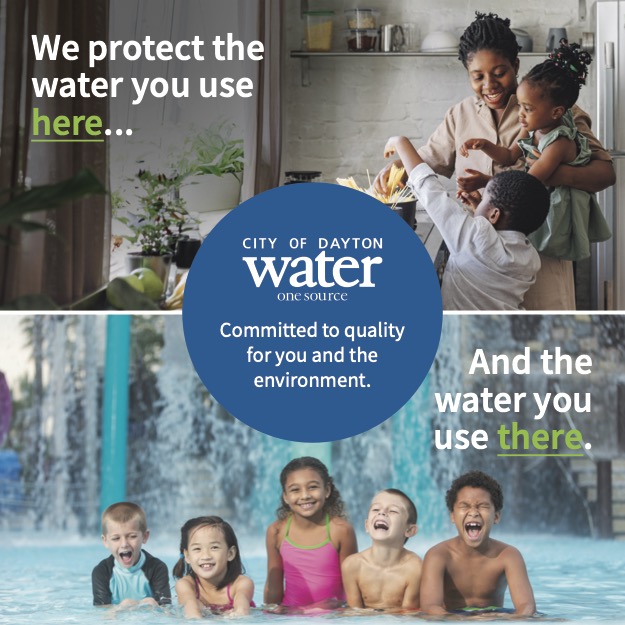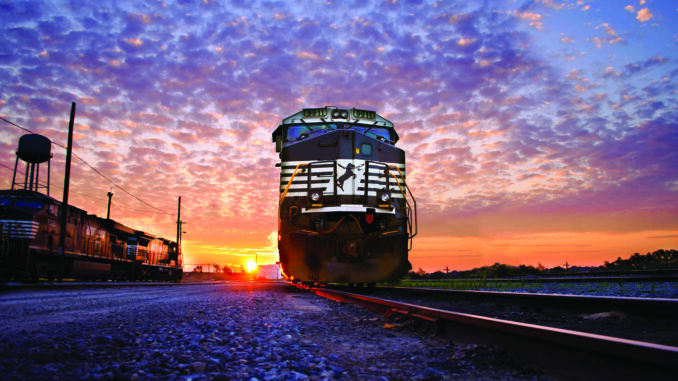
Are we overreacting to the East Palestine derailment?
By Terry Troy
The images are nothing short of horrific.
For anyone who lives within a mile of one of our state’s many Class I rail lines, the shots of the East Palestine derailment fuel fears that are not easily dismissed. Certainly, the loss of property value along the site and the potential for future health hazards among a population of the city are more than disconcerting. Addressing these problems is a social imperative.
But are we going too far?
Legislating safety is always popular because it involves the protection of life and public health. But have the dramatic images at East Palestine caused a knee-jerk overreaction that will, at least in the long term, do more harm than good?
Advocates for the residents of East Palestine would disagree. Who could blame them? Certainly not the CEO of Norfolk Southern.
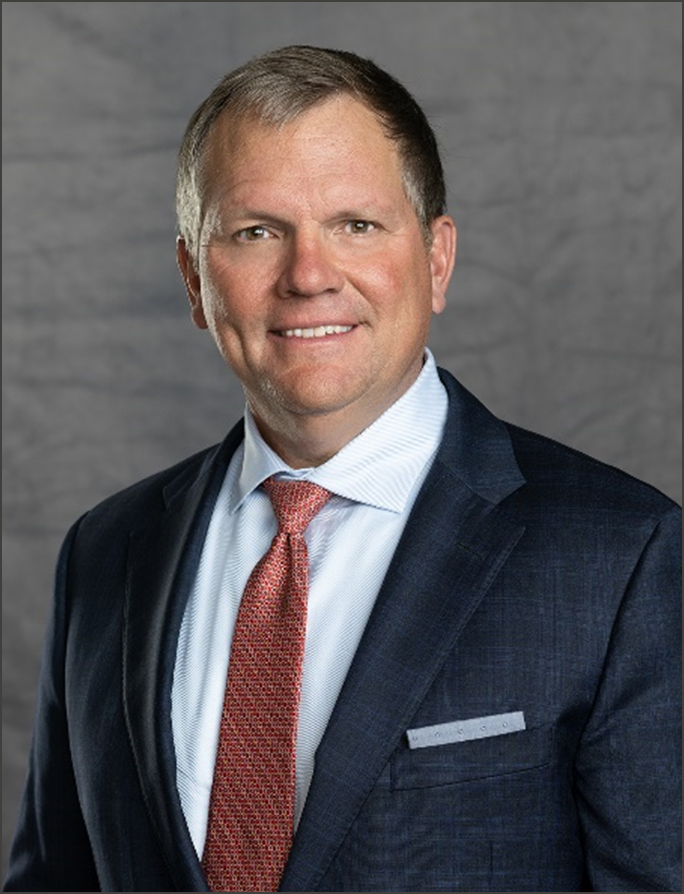
“We will not walk away, East Palestine,” said Alan H. Shaw, president and CEO of Norfolk Southern, in an open letter to the residents of the community after the derailment. “When I visited East Palestine last week, you told me how the train derailment has upended your lives and how concerned you are about the safety of your air, water and land. Many of you have also reached out to Norfolk Southern to share your fears, your anger, and your frustration.
“I hear you. We hear you.
“I know you also have questions about whether Norfolk Southern will be here to help make things right.
“My simple answer is that we are here and will stay here for as long as it takes to ensure your safety and to help East Palestine recover and thrive.”
The letter went on to outline the steps the company is taking to make things right, which understandably isn’t happening quick enough for East Palestine residents. A family assistance center helped community members meet immediate needs. Working with local health officials, the company implemented a comprehensive testing program to ensure the safety of water, air and soil. Norfolk Southern has also established a $1 million community support fund (as of press time) as a down payment on its commitment to help rebuild the community.
For many, it is still not enough.
In terms of the rail industry, the impact may be even more severe, especially from a public relations perspective. The timing of the accident caused Ohio Governor Mike DeWine and Jack Marchbanks, director of the Ohio Department of Transportation, as well as members of the Ohio House of Representatives and Ohio Senate to focus House Bill 23, the state’s next two-year transportation budget, on increasing rail safety. House Bill 23 includes new measures to target increased safety and transparency of Ohio’s freight and hazardous materials shipping by rail.
Provisions in the bill require two-person crews on trains and strengthen requirements for wayside detectors, which are rail devices that can detect problems in passing trains. These changes in state law will ensure that railroads operating in Ohio are following the best practices in monitoring railroad equipment and will assist the state with holding railroads responsible for their actions.
To fully understand the impact of House Bill 23 on the rail industry, you first have to consider the importance of railroads to our state’s economy. In his recent testimony before the Ohio House of Representatives Transportation Committee on behalf of the Ohio Rail Development Commission, Matthew Dietrich, executive director of the rail commission, outlined the extent of the rail industry in Ohio.
According to Dietrich, Ohio’s 5,081-mile active rail network is the fourth most extensive in the nation (after Texas, Illinois and California). Most of the rail in the state is privately owned and all active freight rail operations are performed by private companies.
The state ranks in the top 10 nationwide in originating and terminating tonnage of several commodities: coal; crushed stone, sand and gravel; intermodal; food products; metallic ores; and waste and scrap. Ohio is also a top 10 originating state for farm and primary metal products and a top 10 terminating state for chemicals.
It is also important to note that rail plays a key role keeping reducing highway congestion. Over 60% of rail traffic moving in the state is overhead traffic, or rail traffic moving through the state.
The Ohio State Freight Plan compares freight transportation modes by two metrics, tonnage and value of commodities carried, inbound, outbound and within Ohio. Rail and rail intermodal move 10.64% of Ohio’s freight by tonnage and 10.41% by value.
In addition to its extensive rail network, Ohio has an extensive roadway network. These two networks intersect at close to 5,700 at-grade public crossings in the state. Ohio’s crossing inventory is the fourth largest in the country (again, behind Texas, Illinois and California). However, the number of incidents at railroad-highway crossings has fallen significantly over time.
These successes follow decades of state and federal programs to close crossings, improve warning devices and educate the traveling public. However, Ohio continues to see about 68 crashes with about seven fatalities each year.
It also helps to understand how rail commerce is handled. Two major Class I railways service our state, as well as some regional railroads and other operators known as short lines.
When most people think about rail, they tend to think about larger Class I railroads, which in Ohio include CSX and Norfolk Southern (NS). The latter two are huge operations. Each day, NS launches 1,750 crew starts across it 19,300-mile-plus national network.
The railroad serves 60% of the U.S. population and 50% of our nation’s manufacturing base. NS is the largest shipper of metals in North America and originated more automotive traffic than any other railroad.
In 2022, NS partnered with 120 companies to facilitate 159 industrial development projects, which represent $3.2 billion in investment and the creation of more than 3,900 jobs.
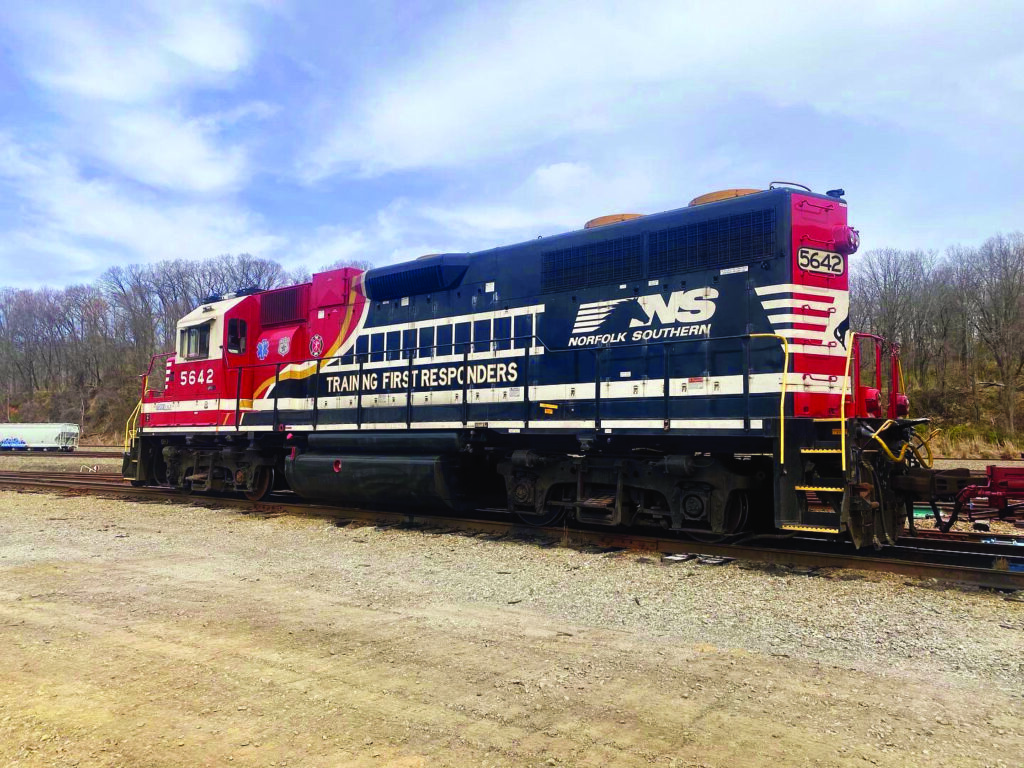
CSX is no less impressive. It employs 2,570 folks in our state, with an annual payroll of over $209 million. It uses 4,010 miles of track pushing 945,584 carloads across our state. It also partners with more than 24 different short line partners in our state.
But you really have to look beyond the terrible environmental impact shown in the photos at East Palestine to better understand the ultimate environmental impact of rail.
Rail remains one of the greenest ways to ship freight. According to NS, the company can put three to five truckloads of material in every rail car and move them efficiently across a diverse network with 80% less emissions than a truck. NS helps its customers avoid almost 15 million metric tons of carbon emissions every year when compared to shipping by highway, which is the equivalent of saving an estimated 1.5 billion gallons of diesel fuel.
Shipping by freight versus rail also reduces greenhouse gases by an estimated 74%, according to the American Association of Railroads. Trains, on average, are three to four times more fuel efficient than trucks, according to the Federal Railroad Administration.
So, making rail safe is important from both an environmental and public safety standpoint. While the recently passed House Bill 23 would seem to have a great impact on the larger Class I railway safety, it will actually do very little. Mandating two-person crews on a Class I railroad has already been a subject of the collective bargaining agreements between Class I railways and unions. And the detectors mandated by House Bill 23 along railway lines to monitor the conditions of railcars are already in use on Class I.
“When I was testifying before the Ohio House and Senate on this issue, I had more than one person who told me as an explanation for the general assembly’s action that timing was everything,” says Art Arnold, executive director of the Ohio Railroad Association. “The East Palestine derailment occurred at the very beginning of the state transportation budget process, which happens two years. This is a major piece of legislation that is on a very fast timetable for a bill its size.
“The legislature looked at the very same pictures that you and I saw, and they were looking at what they could do in terms of ‘real safety’. What they ended up doing was falling back on a long-time rail labor wish to mandate two crew members in the locomotive.”
But according to Arnold, there were two crew members and a trainee in the locomotive of the NS train that derailed. And there are two people in nearly every train that you see operating in Ohio as well as elsewhere around the country.
“Nearly every train has an engineer and a conductor on board, and that is something that has not been mandated, but something that was decided upon through a collective bargaining agreement,” adds Arnold. “I think there was something of a misunderstanding. The [legislature] wanted to show their constituents that they were doing something that would improve safety. But in my view, it was a rushed process.”
The Federal Railroad Administration has addressed the issue of multiple crew members on a locomotive several times in the past. It started with the Obama Administration, then continued in the Trump Administration, which said that there was no evidence that a train is any safer with two people in the locomotive rather than one. It was recently overturned during the Biden Administration, “when a federal judge in San Francisco remanded the decision back to the FRA because he didn’t believe the FRA was issuing their decision having done enough in terms of public hearings on the issue,” says Arnold. “But the judge neglected to notice that the issue had been several years in consideration and there were a number of public hearings on the topic.
“So, it has become something of a political football here in Ohio.”
On short line operations, the new mandates make even less sense.
“On short lines, we mostly have two-man crews, but there are usually not two men in the locomotive,” says George Avery Grimes, senior advisor to the CEO of Patriot Rail who has more than 40 years of experience in the rail industry with short lines, Class I rail and passenger rail systems. Patriot Rail operates some 32 different short line railroads across the United States.
“On a short line, there are two-man crews, but one usually gets off and works with the customer or they work opening gates and putting cars together.”
So, if you mandate that two crew members have to be in the locomotive, it means adding an extra crew member to open gates, which could kill a lot of short line operations, which run on a much tighter margin than a larger Class I railway.
When it comes to the increased use of detectors to monitor the serviceability of railway cars, it is really not as much of an issue with a short line.
“Detectors have been in place along railroads for several decades at least,” says Arnold. “When the legislation recently passed creating a whole new regimen where we have detectors on the ground every 10 to 15 miles, we already had them on average about every 15 miles or so.”
To be sure, detectors are necessary on tracks where there is a risk of derailment because of malfunctions like hot wheel bearings. But these types of malfunctions happen only when you are moving freight at high speeds and in heavy weights.
“We don’t need detectors in rail yards. And we don’t need detectors on slow moving lines,” says Arnold. “But the legislature passed a one size fits all program, which is a terrible misallocation of resources, especially for a short line, or any railway for that matter, to put these devices where they are not needed. Again, it goes back to the legislature moving quickly and not really understanding the issue.”
Short line railways move slower, with lighter freight density and often through rural areas, so there is a much less chance of catastrophic derailments than with Class I railways. However, short lines are extremely important to the health of Ohio’s rail business.
“I don’t think there is any real cookie cutter definition of a short line,” says Matt Smith, general manager of Ashland Railway. “They could have 10 miles of track. They may have 50 miles of track or even have hundreds of miles of track.”
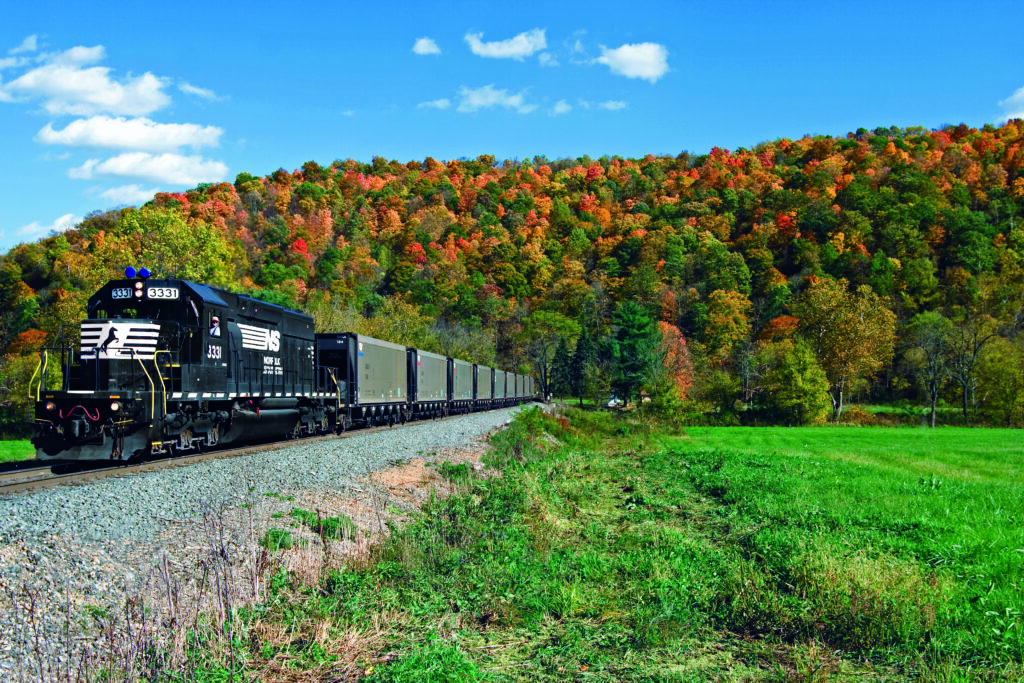
On average, a short line is around 37 or 38 miles. However, there are 603 short lines rails in the U.S. and they comprise about 47,500 miles of rail. So why are they so prevalent and important?
“We exchange with Norfolk Southern, CSX and the Wheeling & Lake Erie Railway and we are critical to the communities we serve in getting them connected to the national rail network, under the ‘first mile in first mile out’ definition,” says Steve Nielsen, senior director of marketing and sales at Ashland Railway. “The one thing I would add is that a lot of these short lines are ones that the Class I’s abandoned years ago. That is an example of how we started and it’s an example of how a lot of other companies started as well.
“So, in a lot of cases, these communities wouldn’t have rail service if it wasn’t for short lines coming into play and purchasing the line and investing in the line and working with their customers to grow the business.”
“Short lines are the companies with branches that actually play a much bigger role in growing branches and transfers, certainly more than the Class I railways,” says Grimes. “In Ohio, 38% are short line rails, so they are significant.
“They are of a lower density, but they are where a lot of growth occurs because they can really appeal and focus on smaller shippers that are often smaller shippers than the Class I railways are willing work with. Short lines provide a lot of services that Class I railways used to provide that they now rarely provide or expensively provide today. The short line industry is where the fastest growth in the rail industry is occurring today.”
Brendan Keener is vice president of business development at Midwest & Bluegrass Rail, which operates four short line railroads: Camp Chase Railways, Chesapeake & Indiana Railroad, Vermilion Valley Railroad and Youngstown & Southeastern Railroad.

“Midwest Bluegrass Rail operates two short line railroads in Ohio and a handful of other states as well,” says Keener. “The role we play in Ohio’s economy and the broader Ohio supply chain network can be described as ‘first mile in, first mile out’ for rail shippers and rail commodities receivers that are often in more rural areas and lighter density areas of the state.
“What we offer is connection to higher density, high-speed Class I railroads, but we do so on lighter density branch lines by offering flexible service and additional access to that supply chain by combining modes of transportation where we unload the contents of a rail car into a truck for final delivery to customers who don’t have direct rail services.”
The value of a short line to rural and occasionally industrial parts of the state is that it offers flexible, responsive service to manufacturers, distributors and other customers while offering the cost economics and savings of a rail network.
While it may travel with less freight and at slower speeds, short line railways still face their own safety challenges, which might be impacted by the Ohio’s one-size fits all legislation, especially if they have to divert funds.
“A short line or branch line route comes with its own unique set of challenges that operators and entrepreneurial operators have stepped up to face in assuming operational control of these lines,” explains Keener. “In recent decades short line operations may only have one of two trains per day. They are often low speed and often on a track that experienced deferred maintenance under a previous owner.
“So short line companies such as ours have focused in recent years on new safety metrics, such as investing in aging track infrastructure like rails and ties that have not been changed in several decades.
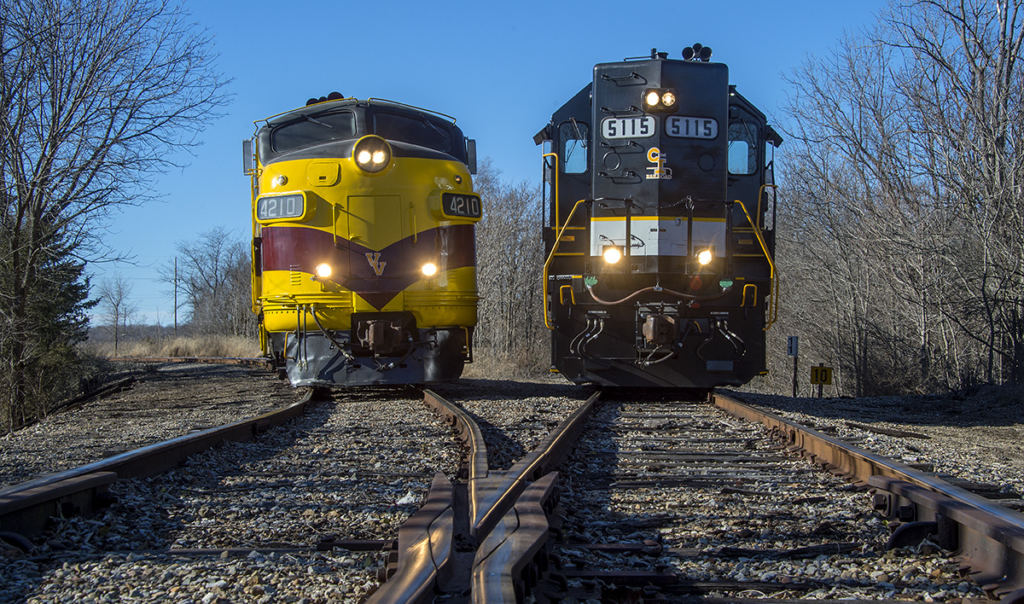
“We will continue to face these challenges as track continues to wear out,” adds Keener. “But additionally, we will have to focus on incidents at rail crossings. We also need to continue to work with our communities to improve educational visibility about how the public can be safe at railroad crossings and how we can manage other issues, such as trespassing. These are all issues that we have to keep working on with our community partners.”
One great example of a short line being transformed is the example of Patriot Rail’s acquisition of a line that is now the Napoleon, Defiance & Western. Before Patriot took it over, it was regarded as one of the worst railroads in the world, but once it was taken over, and through a partnership with the Ohio Rail Development Commission and the CRISI (Consolidated Rail Infrastructure and Safety Improvement) Grant program, it was recognized by Railway Age as the best short line in America last year.
However, the journey continues. There is always work to be done. The business that has been developed along these lines has generated short lines’ ability to fund upgrades to track, which have resulted in operational and safety benefits that have benefited railroad employees, communities and customers alike.
“When people think of the rail industry, they often think of the big Class I railways. But the story that is understated sometimes is that the short lines are a rail base where between 20-30% of total freight moves,” says Grimes.
But as of now, it is unsure how long the short line industry can thrive, especially given legislation that increases personnel and mandates expensive and unnecessary technology that pulls away from more practical investment.



